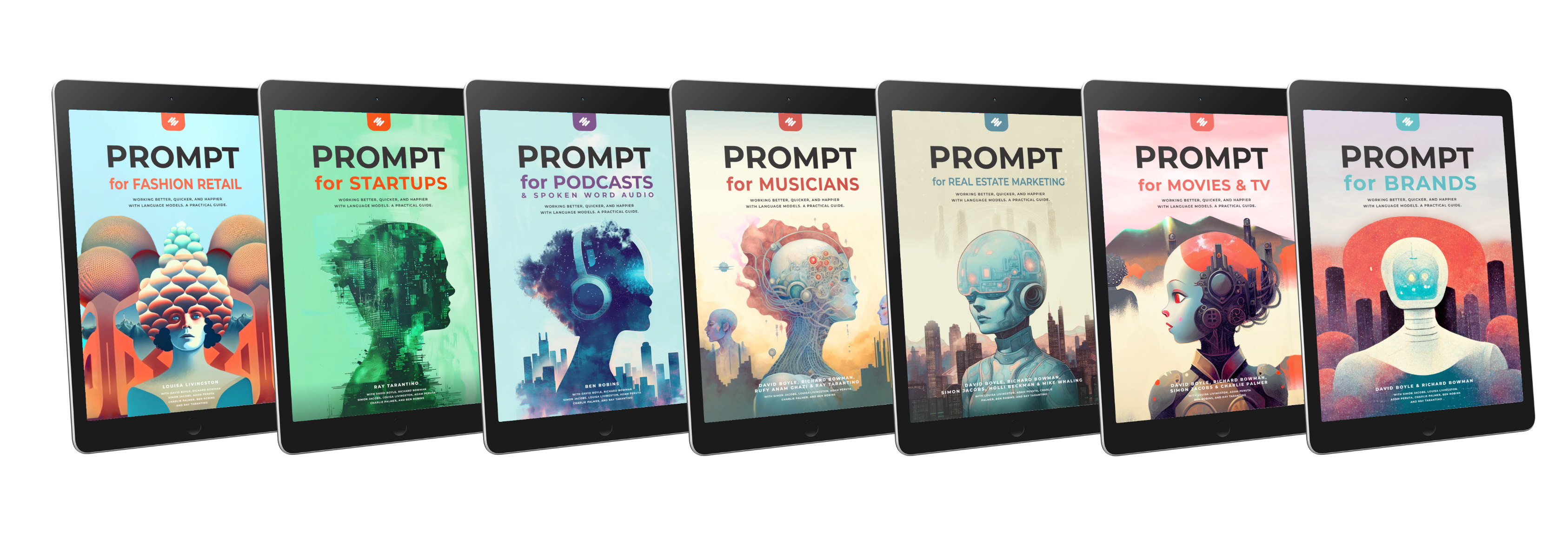In an age where artificial intelligence (AI) is making headway in many fields, understanding how to leverage its capabilities for business growth has become crucial. Brands today are inundated with data about their audiences, but the challenge lies in translating this raw data into actionable strategies. In this article, we’ll walk you through an innovative framework that integrates human intellect with AI to transition from raw Data to actionable Wisdom. This strategic collaboration helps in not just understanding and interpreting audience needs, but also making data-driven decisions that can fuel your brand's growth.

Image credit: unknown - but thanks!
Let’s look step-by-step:
Data (100% human, 0% ChatGPT): This is where ChatGPT lets us down. Its poor recall of specific facts can’t be relied upon. E.g. determining what percent of audiences have each need. Quantifying needs requires humans to decide what needs to look for, how to measure it, and where to get the data from (e.g. surveys, social).
Information (30% human, 70% ChatGPT): ChatGPT’s excellent grasp of human needs makes it fantastic at interpreting and categorising them. Humans would still play a part in this stage, for example in setting the parameters for categorization or reviewing and interpreting the output.
Knowledge (20% human, 80% ChatGPT): AI could be used to identify patterns or relationships between different audience needs, but humans are needed to interpret these findings and decide which are meaningful. In your example, this could involve using AI to map correlations or associations between different needs, but humans would need to decide what these relationships mean for the audience and the brand.
Insight (50% human, 50% ChatGPT): Here, AI could generate potential insights, like suggesting which audience needs might be most impactful for brand growth. Humans, however, would be responsible for assessing these suggestions and deciding which are most actionable or align best with the brand's goals and strategies.
Wisdom (60% human, 40% ChatGPT): This stage would involve using the insights to make strategic decisions, such as deciding what actions the brand should take to meet audience needs and drive growth. While AI could assist by providing considered hypothesis or thinking through potential outcomes of different strategies, humans would have the final say, drawing on their understanding of the brand, the market, and other contextual factors.
Conclusion
The journey from data to wisdom isn't a solitary one - for either humans or AI. It necessitates a collaboration that leverages the strengths and mitigates the weaknesses of each. While ChatGPT offers powerful capabilities in processing data and recognizing patterns, humans bring a critical perspective to the process - interpreting results, making strategic decisions, and applying contextual understanding. By recognizing the strengths of each, businesses can harness a powerful synergy that drives brand growth. However, it's essential to remember that as AI continues to evolve, so too will its role within this process. As we move forward, this partnership will continue to be a dynamic and exciting space to watch, as we explore new ways to transform data into wisdom.
It’s critical that we explore and demystify the respective roles humans and AI (specifically ChatGPT) play in the journey from data to wisdom. I want to emphasise that each contributes unique strengths to the process and highlight the importance of their collaborative interaction. The strategic combination of human creativity, judgment, and strategic decision-making with AI's data processing and pattern recognition capabilities can be magical. But relying on either in isolation is a very bad idea!

